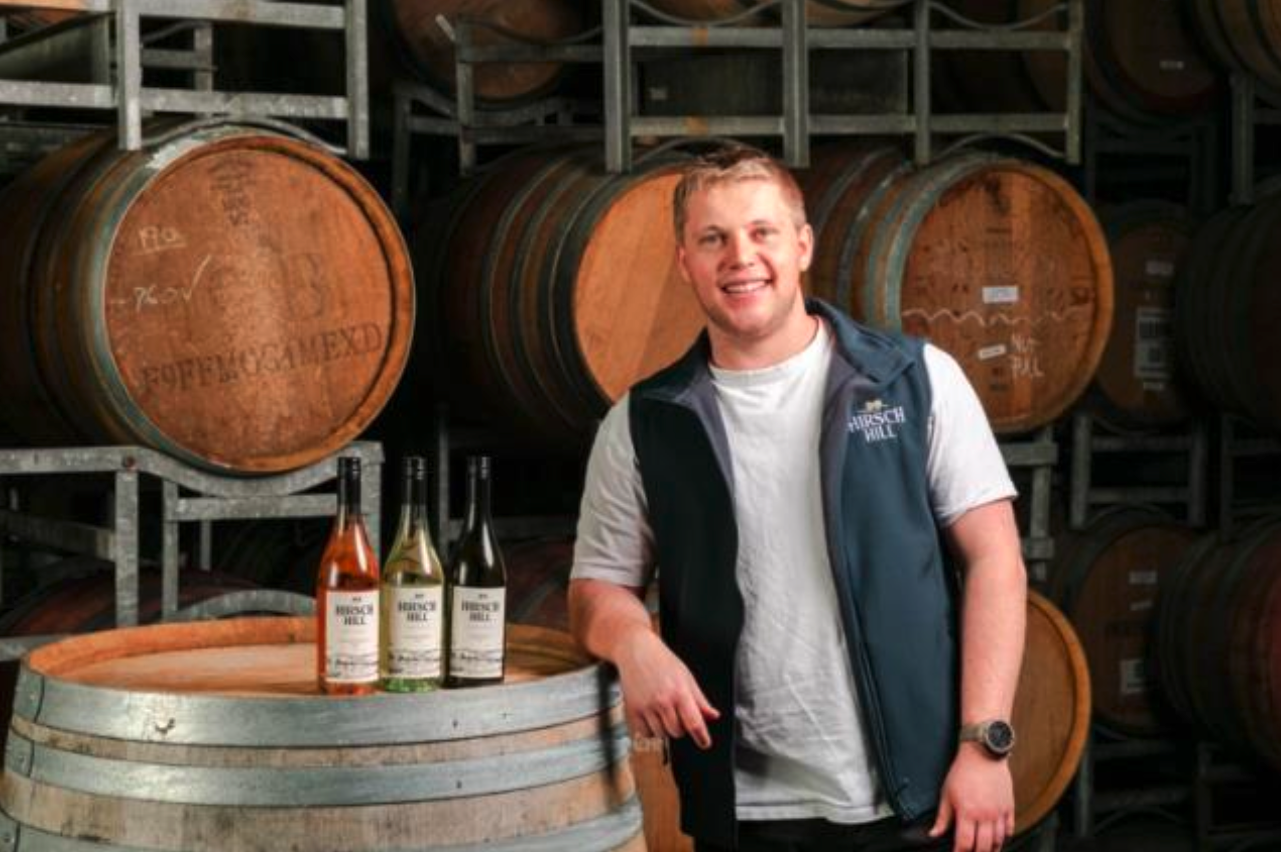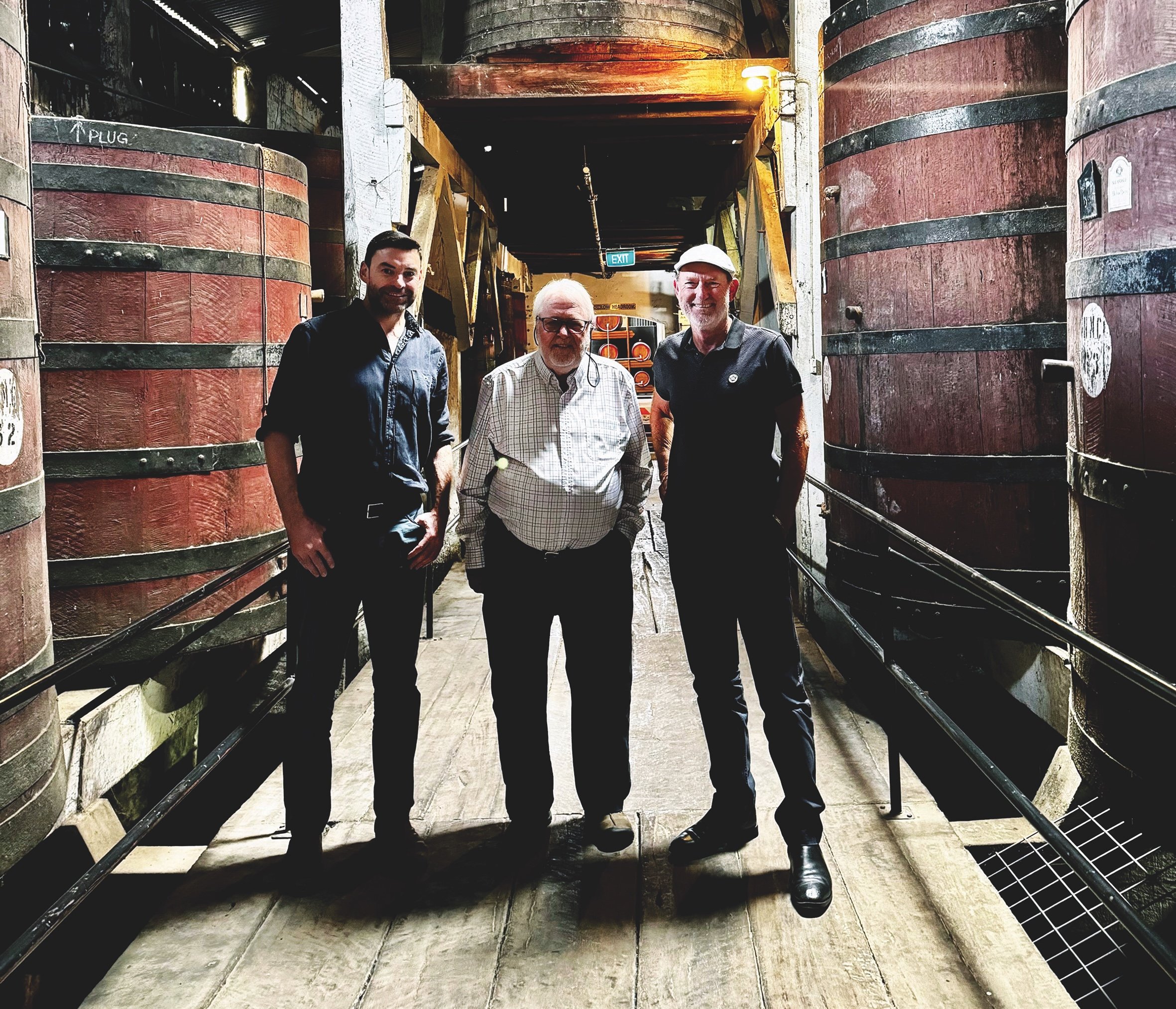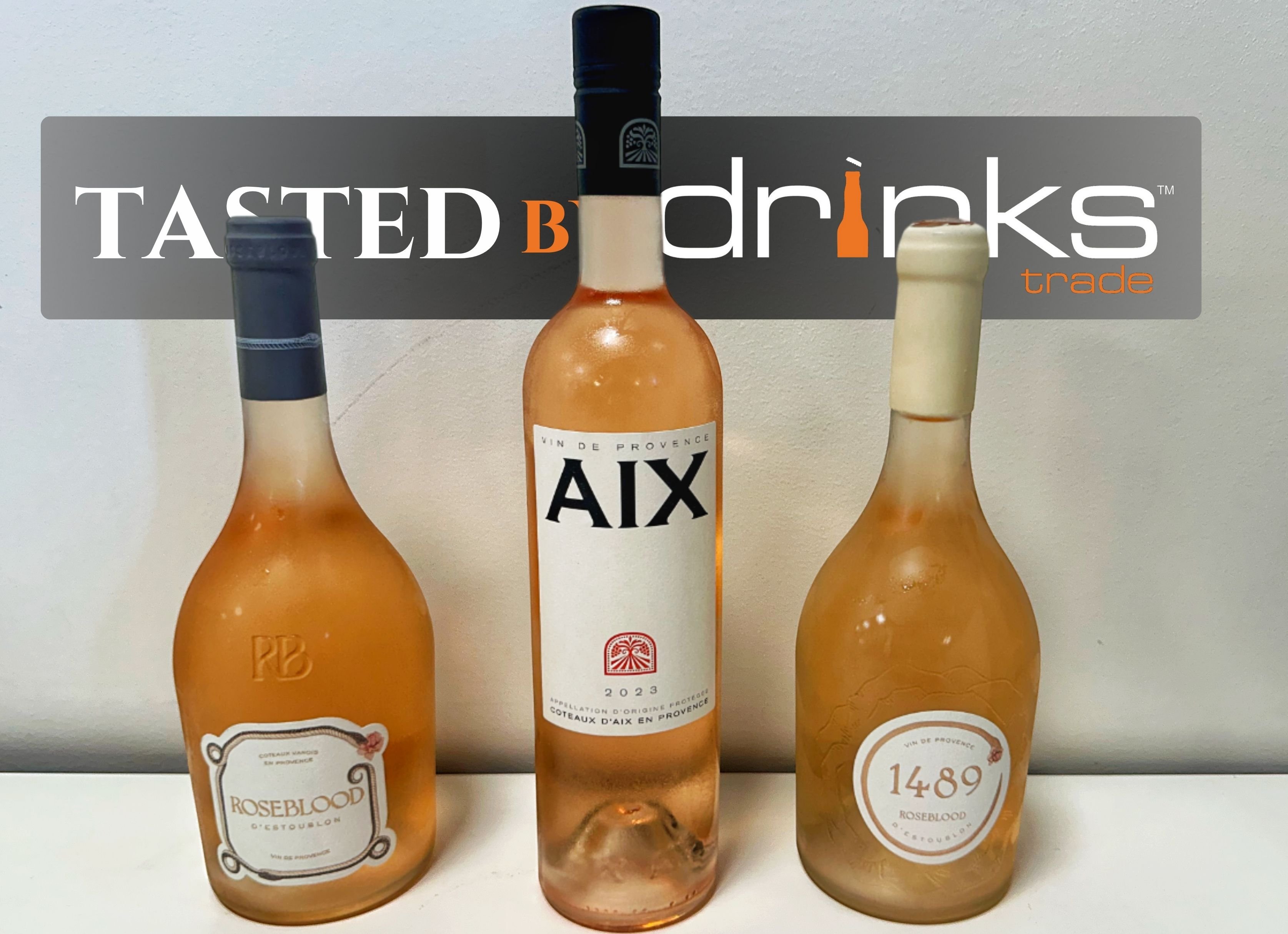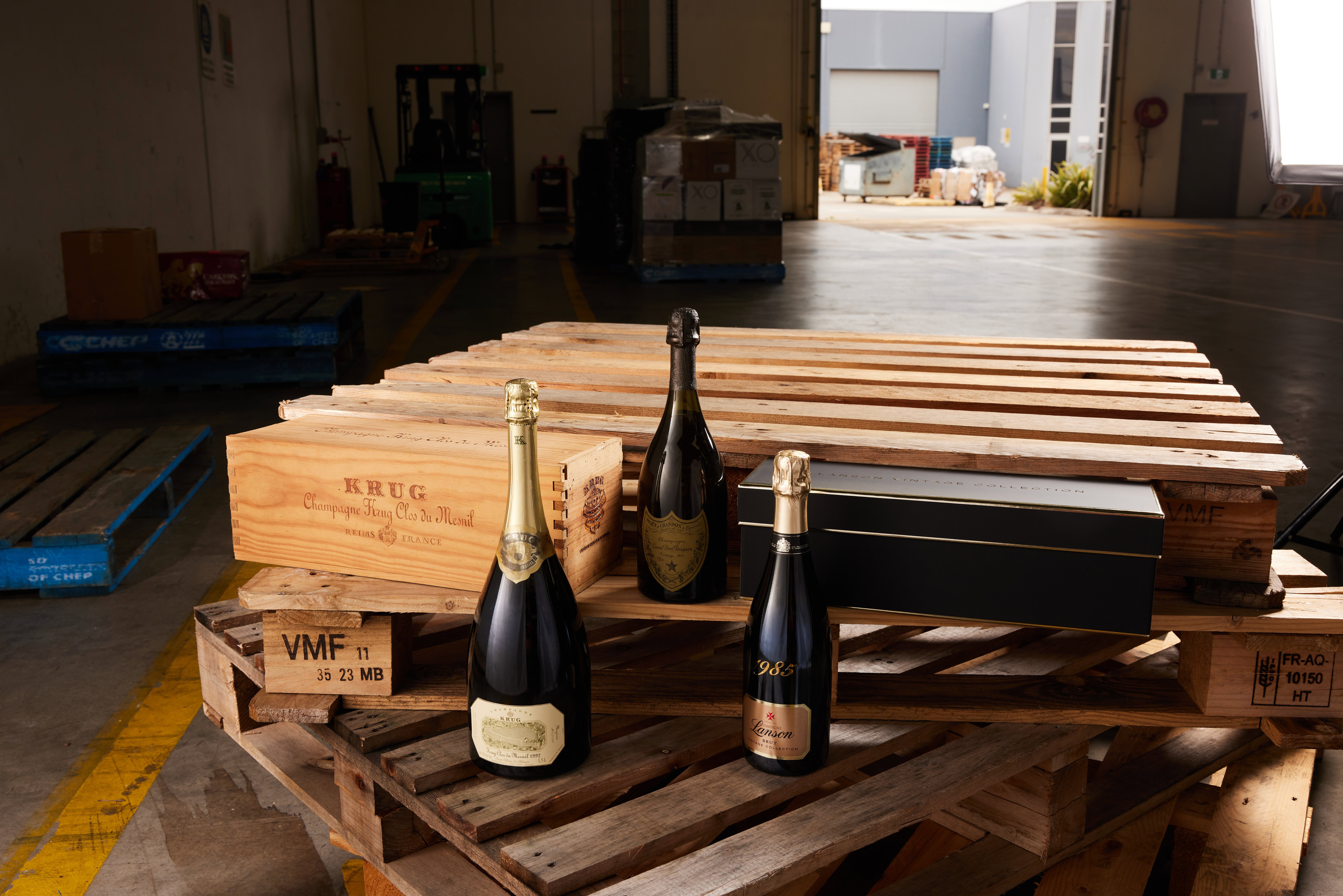A drop in wine production around Australia was not enough to offset a reduction in total sales, leading to an increase in the national wine inventory for the second consecutive year, according to Wine Australia’s Production, Sales and Inventory Report 2022.
The findings confirm the impact across the production chain of the significant headwinds the Australian wine sector has faced over the past two years, including high deposit tariffs on bottled Australian wine imported to mainland China, the impact of the global freight challenges, and the aftermath of changing consumer habits during the COVID-19 pandemic, all coming at the same time as a record-sized vintage crush in 2021 and a near-average crush in 2022.
Wine Australia Manager Market Insights Peter Bailey said the report provides an overall indication of the sector’s position based on survey responses from some of Australia’s largest wine producers.
“The challenges facing the Australian grape and wine community over the past couple of years have been well documented and this annual Production, Sales and Inventory Report for 2021–22 captures the impacts across the production chain,” he said.
“Based on responses to the survey, total Australian wine production in 2021–22 is estimated to be just over 1.3 billion litres, which is a 12 per cent reduction compared with last year. There was a greater reduction in the amount of red wine produced compared with white, which saw its share of overall production reduced to 55 per cent compared with 58 per cent last year.
“Total sales – domestic and export combined – were reported to be down by 9 per cent to 1.06 billion litres. This has led to the national inventory rising for the second year in a row.
“Combining the figures from last year and the findings from this year’s survey, the national inventory is estimated to sit at 2.27 billion litres. While some of this is necessary to replace stocks drawn down over the previous years when we didn’t produce enough wine to fulfil demand, the national inventory is now estimated to be above its long-term average.”
The Production, Sales and Inventory Report 2022 indicates that the national stocks-to-sales ratio for white wine has likely remained static compared with 2020–21 at 1.52, while for red wine it is estimated to have increased by 35 per cent in 2021–22 to 2.77.
“Wine inventory levels fluctuate during the year, generally being at their maximum just after the new vintage (before any of that vintage has been sold), then depleting over the next 12 months as wine is sold, to be at a minimum just before the next vintage. However, transportation challenges in getting wine to market is reported to have had a flow on effect, with wine production capacity expected to be further constrained ahead of vintage 2023 as a result of the higher-than-average inventory,” Mr Bailey said.
The Production, Sales and Inventory Report 2022 is developed from responses to Wine Australia’s annual survey. The report is a snapshot of the national position, and covers an estimated 77 per cent of total wine production but it is not representative of smaller wine business models. The past 12 months has seen a range of experiences across the Australian wine sector and every business is different.
The Wine Australia release coincides with Bentleys SA and the South Australian Wine Industry Association (SAWIA) findings which are in step with the national picture. The 2022 South Australian Wine Industry Snapshot, a survey of 120 of the State’s wine businesses of all sizes. Analysis of survey results shows that business confidence is at its lowest point in the six years of Snapshot reporting.
Tim Siebert, Partner at Bentleys SA painted a picutre, saying: "A significant number of lost or ceased grape contracts represent a major market change and a considerable risk to the industry. We heard stories of grapes left on the vine this year and indeed fear that the issue is only just becoming clear.”
Other core contributors to the decline in business confidence include inflation, rising shipping and energy costs, labour shortages and an over saturated domestic market due to the lingering effects from the punitive China wine duties.
“New export markets remain the best option for growth, whilst domestic markets remain very competitive to increase wine sales.” said Siebert.
Wine Australia’s Wine Production Sales and Inventory Report 2022 is available at wineaustralia.com
Bentleys SA & the South Australian Wine Industry's 2022 Snapshot are available here.
Share the content










